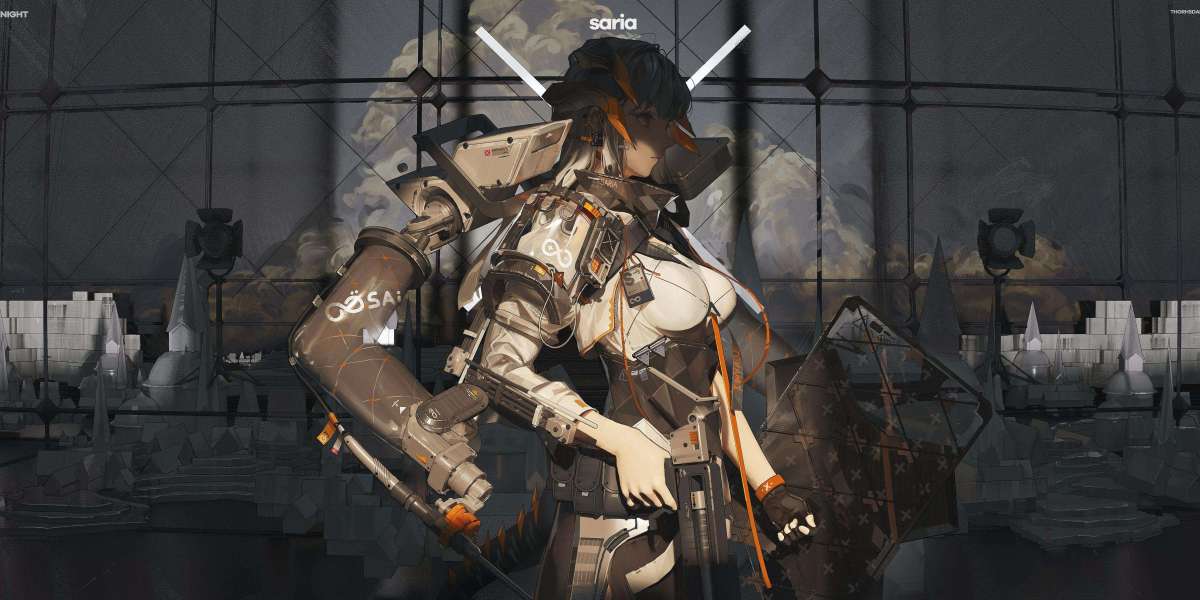What is Animation?
Before diving into the specifics of cel animation, it’s essential to understand the broader concept of animation. Animation, defined as "the process of creating the illusion of motion by displaying a series of individual drawings, paintings, or illustrations in rapid succession," spans a range of techniques from traditional 2D animation to CGI (Computer-Generated Imagery). This transformative technique breathes life into characters and scenes, enabling them to move and interact in a way that mimics real life.
Understanding Cel Animation
Cel animation, short for celluloid animation, involves creating 2D animations by hand-drawing each frame on transparent sheets of plastic called cels. These cels are then placed over a static background and photographed frame by frame to create a sequence. This labor-intensive process requires a deep understanding of movement, timing, and artistic skill.
The Historical Context of Cel Animation
Cel animation has its roots in the early 20th century, with pioneers like Walt Disney and Ub Iwerks revolutionizing the industry. The meticulous work involved in cel animation paved the way for iconic films like "Snow White and the Seven Dwarfs" and "Pinocchio." These classics set the standard for dynamic action scenes, showcasing the potential of cel animation to create fluid, engaging motion.
Principles of Dynamic Action in Cel Animation
Creating dynamic action scenes in cel animation requires a solid grasp of animation principles. Here are some key principles to keep in mind:
1. Squash and Stretch
This principle involves exaggerating the deformation of objects to convey weight and flexibility. In action scenes, squash and stretch can make movements feel more dramatic and impactful. For example, a character winding up for a punch will squash down slightly before stretching out in the punch, emphasizing the force and speed of the action.
2. Anticipation
Anticipation prepares the audience for an upcoming action, making it more believable. Before a character jumps, there should be a moment where they bend their knees and gather energy. This brief pause creates a sense of buildup and makes the subsequent action more dynamic.
3. Staging
Staging involves positioning characters and elements in a scene to ensure clarity and focus. In dynamic action scenes, clear staging helps the audience follow the movement and understand the narrative. Proper staging involves considering the angle, distance, and composition of each frame.
4. Straight Ahead Action and Pose-to-Pose
These two methods of animating action scenes have distinct impacts on the dynamism of the movement. Straight ahead action involves drawing each frame in sequence, leading to spontaneous and fluid motion. Pose-to-pose involves drawing key poses and then filling in the in-between frames. Combining these methods can balance fluidity with control.
5. Follow Through and Overlapping Action
Follow through refers to the continuation of motion after an action is completed, while overlapping action describes the staggered movement of different parts of a character. These principles add realism and complexity to action scenes. For instance, after a character swings a sword, their hair and clothing should continue to move, conveying the residual energy of the action.
6. Timing and Spacing
Timing and spacing are crucial for creating believable motion. The timing of each frame dictates the speed of the action, while spacing refers to the distance between frames. Dynamic action scenes often require varied timing and spacing to convey different speeds and intensities of movement.
Techniques for Creating Dynamic Action Scenes
1. Thumbnail Sketches
Before diving into full-scale cel animation, it’s helpful to create thumbnail sketches. These small, rough drawings outline the key poses and movements of a scene. Thumbnail sketches provide a roadmap for the animation process, ensuring that the action flows smoothly and logically.
2. Key Frames and In-Betweens
Key frames are the main poses that define the action, while in-betweens fill in the gaps between key frames. Creating dynamic action scenes involves carefully planning key frames to capture the essence of the movement. The in-betweens then smooth out the transitions, creating fluid motion.
3. Exaggeration
Exaggeration is a powerful tool in cel animation. By pushing the limits of reality, animators can make action scenes more engaging and impactful. Exaggeration can apply to the movement, expressions, and proportions of characters, enhancing the overall dynamism of the scene.
4. Motion Blurs
Motion blurs are techniques used to simulate fast movement. By drawing elongated, blurred shapes, animators can create the illusion of speed and intensity. Motion blurs are particularly effective in action scenes involving quick motions like punches, kicks, or fast-paced chases.
5. Secondary Actions
Secondary actions are additional movements that complement the main action, adding depth and complexity. For example, while a character is running, their arms, hair, and clothing should move in response to the primary motion. These secondary actions enhance the realism and dynamism of the scene.
Practical Tips for Animators
1. Study Real-Life Motion
Observing and studying real-life motion is essential for animators. Analyzing how people and objects move in the real world provides valuable insights into timing, spacing, and weight distribution. This knowledge can be applied to create more believable and dynamic action scenes.
2. Reference Videos
Using reference videos is a common practice in animation. Recording or finding videos of real-life actions similar to the scene you’re animating can serve as a guide. Reference videos help capture subtle details and nuances that enhance the authenticity of the animation.
3. Practice Gesture Drawing
Gesture drawing involves quickly sketching poses to capture the essence of motion. Regular practice of gesture drawing helps animators develop a keen sense of movement and flow, which is crucial for creating dynamic action scenes.
4. Collaborate and Seek Feedback
Animation is often a collaborative effort. Working with other animators and seeking feedback can provide new perspectives and insights. Constructive criticism helps identify areas for improvement and encourages continuous growth as an animator.
The Impact of Technology on Cel Animation
While cel animation traditionally involves hand-drawing each frame, modern technology has introduced tools that streamline the process. Digital drawing tablets and animation software allow animators to create cel-style animations more efficiently. However, the core principles and techniques remain the same, preserving the art and skill of traditional cel animation.
Digital Tools and Techniques
Digital tools offer features like onion skinning, which displays multiple frames simultaneously, aiding in the creation of smooth transitions. Layer management and vector-based drawing enhance precision and control, making it easier to create complex action scenes. Despite these advancements, the essence of cel animation lies in the animator’s skill and creativity.
Conclusion
Creating dynamic action scenes in cel animation is a blend of artistry, technique, and meticulous planning. By understanding the principles of animation and employing practical techniques, animators can bring characters and stories to life with energy and excitement. Whether using traditional methods or digital tools, the timeless appeal of cel animation continues to inspire and captivate audiences. As we celebrate the rich history and enduring charm of cel animation, we honor the dedication and creativity of animators who push the boundaries of this beloved art form.
By mastering these skills and embracing the dynamic potential of cel animation, you can create action scenes that not only entertain but also leave a lasting impression on viewers. The world of animation is vast and ever-evolving, and the journey of learning and perfecting the craft is a rewarding adventure in itself.







